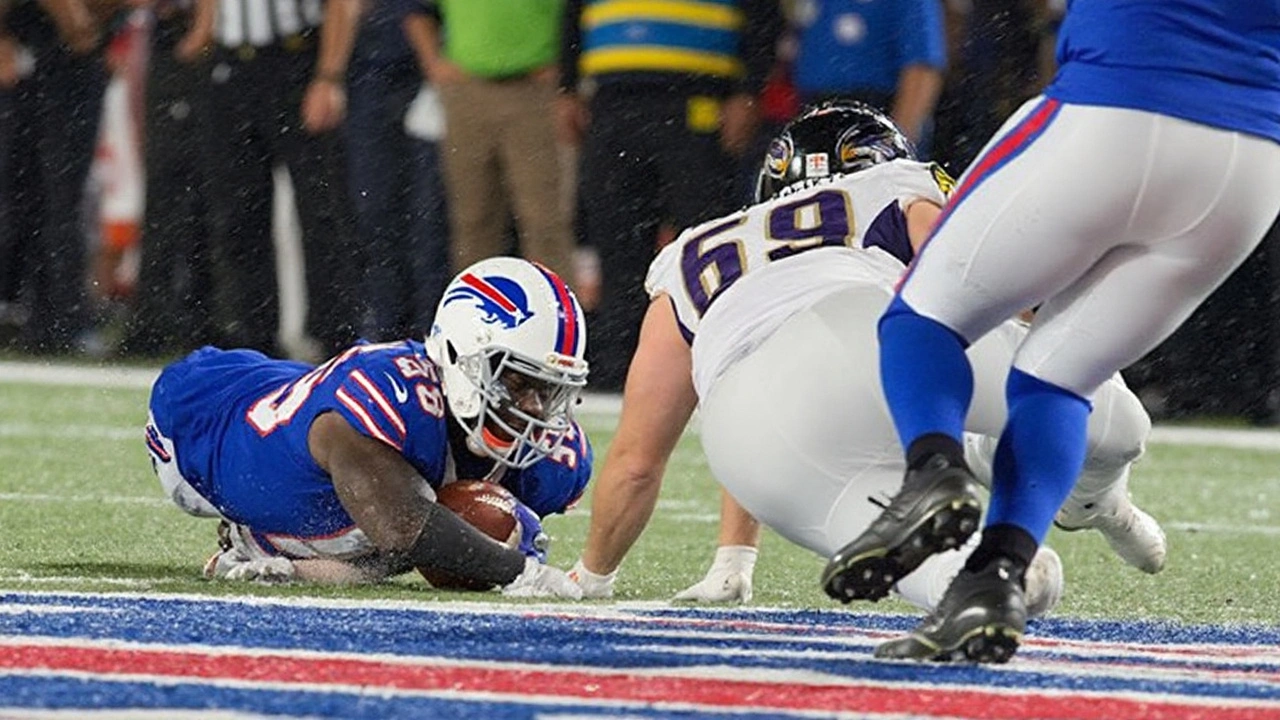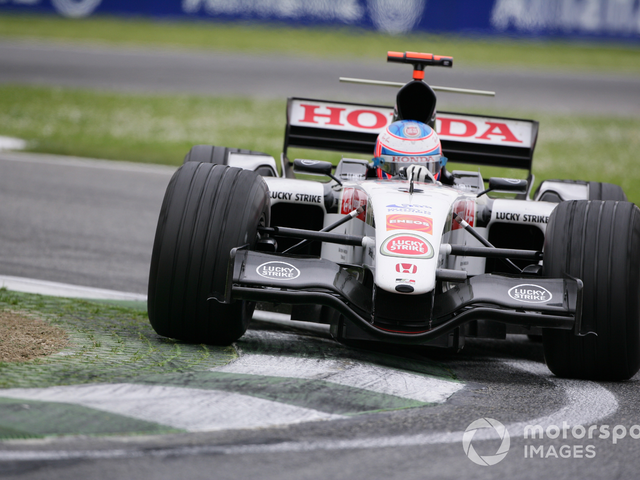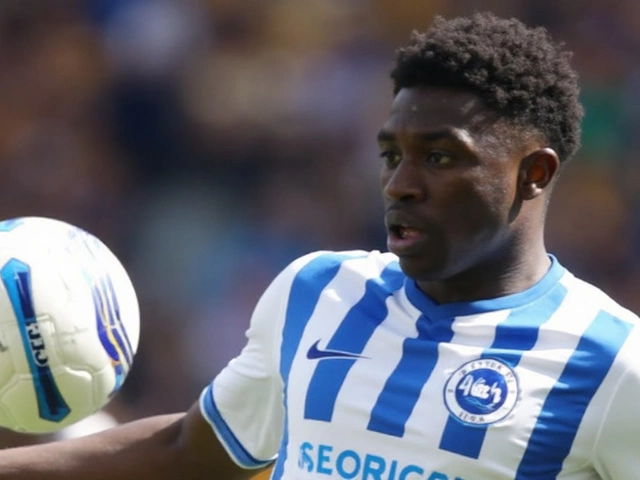Line flips, panel splits: a heavyweight rematch lands under the lights
The season’s first true coin-flip game is here, and the market says it’s anybody’s night. Sports Illustrated’s seven-person NFL prediction panel split 4–3 toward Baltimore for the Week 1 primetime opener in Orchard Park. That came as oddsmakers swung the spread through zero: Buffalo opened as a 1.5-point home favorite, then closed the week sitting as a 1.5-point underdog at most U.S. books. When a line flips sides like that before kickoff, it usually means steady money or a meaningful perception shift.
This isn’t just another opener either. It’s a direct sequel to January’s divisional round at Highmark Stadium, where the Bills edged the Ravens 27–25. Same venue, same quarterbacks, and plenty of scars. Baltimore returns with fresh motivation; Buffalo returns with bragging rights. The panel’s near-even split mirrors the matchup—two teams with Super Bowl hopes, two very different ways to get there.
Here’s the snapshot that’s driving the debate:
- Panel picks: 4 Ravens, 3 Bills
- Spread movement: Bills -1.5 to Ravens -1.5
- Regular season trend: Ravens have won 3 of the last 4 vs. Josh Allen
- Allen’s regular season passing vs. BAL: sub-50% completion rate
- Playoff twist: Bills are 2–0 against the Ravens with Allen
One veteran analyst, Vinnie Iyer, even stuck his neck out with a scoreline—Bills 27, Ravens 24—arguing that Baltimore can limit Allen through the air but may get stretched by Buffalo’s ground game, led by James Cook.

Why the panel is split—and what’s changed since January
Start with Baltimore’s defense. In 2023 the Ravens pulled off a rare triple crown, leading the NFL in points allowed, sacks, and takeaways. That identity didn’t disappear, but the faces behind it did shift. Mike Macdonald left for a head-coaching job, with Zach Orr stepping in to run the defense. Linebacker Patrick Queen crossed to the Steelers. The scheme remains aggressive and disciplined, but new voices and roles can matter early in a season—especially against a quarterback who extends plays and punishes broken coverage rules.
Then there’s the biggest new piece on offense: Derrick Henry. Baltimore built last year’s attack around Lamar Jackson’s efficiency, Zay Flowers’ instant impact, and the tight ends. Adding Henry tilts the field in short yardage and in four-minute situations, testing whether Buffalo can hold up for four quarters against downhill power. The Bills’ defense has been retooled, and the front seven’s ability to fit the run without overcommitting will be a tell. If Henry forces extra bodies into the box, Lamar’s play-action and middle-of-the-field throws to Mark Andrews and Isaiah Likely become much tougher to defend.
Buffalo looks different too. The receiver room turned over, the offense belongs fully to coordinator Joe Brady, and James Cook’s role as a featured back is no longer a talking point—it’s the plan. Cook’s acceleration to the edge, paired with designed quarterback runs and RPOs, is the lever that can loosen Baltimore’s pass rush. If the Bills stay on schedule with second-and-5s, Allen won’t need to chase explosives into tight windows. That’s when the mistakes come against a defense that thrives on baiting throws and closing late.
That regular season completion dip for Allen versus the Ravens? It makes sense if you’ve watched these games. Baltimore disguises post-snap better than most teams. They rotate safeties late, insert robber defenders into slants and digs, and blitz from depth without tipping it early. In past meetings, Allen pressed to find chunk plays outside the numbers and paid for it. In January’s playoff win, Buffalo countered by leaning into balance, taking layups, and leaning on the run just enough to force Baltimore into honest looks.
The betting move toward the Ravens likely blends respect for that defensive baseline with questions about Buffalo’s new-look passing game. Without the same established one-two punch at receiver, the Bills’ margin for error on contested throws shrinks. But there’s another side to this coin: Allen’s legs are the ultimate problem-solver, and Baltimore’s edge rush—still fierce—is adjusting to life after a coordinator who dialed pressure like a symphony. Early-season communication on rush lanes can be leaky against quarterbacks who break contain.
There’s also the chess match with Lamar. Buffalo has traditionally played him with layers—set a firm edge, scrape a linebacker over the top, and force throws into zones that tighten late. The X-factor now is Henry’s gravity. If the Bills commit a safety to the box and still can’t stop duo and counter, Baltimore controls tempo. If Buffalo holds up with light boxes, Lamar faces longer third downs and must win outside structure against a defense that’s built to rally and tackle.
Three swing areas should decide this:
- Early downs: If Cook gets 4–5 yards a pop and Allen adds designed keepers, Buffalo keeps Baltimore’s disguise game on the shelf. If it’s second-and-9 all night, those simulated pressures will start landing.
- Explosive plays: Flowers and Andrews can tilt the field in two snaps. The Bills counter with Allen’s second-reaction throws and shot plays off play-action. One busted coverage could swing a tight script.
- Red zone and short yardage: Henry changes Baltimore’s math at the goal line. Allen does the same for Buffalo, but in a different way. Field goals instead of touchdowns will be the regret both coaches feel on Monday.
Special teams and hidden yards often get lost in the preview buzz, but in an opener—when timing can be off—field position is gold. A couple of long returns, a shanked punt into the wind, or a false start on third-and-2 will feel bigger than usual. Orchard Park brings noise and weather quirks even in September; snap counts and protections will be tested.
So why did four SI panelists ride with the Ravens? Familiarity with Baltimore’s defensive standard plays a part, as does Lamar’s steady arc under Todd Monken. And the market often leans toward continuity in Week 1. Why did three back the Bills? The home crowd matters, Allen’s ceiling is unmatched on any given night, and Buffalo’s run game under Brady has an identity now. That’s the tension at the heart of this game: the Ravens’ structure against the Bills’ volatility.
For fans looking at one number to set expectations, the line flipping from Buffalo -1.5 to Baltimore -1.5 is a reminder that perception is fluid. The difference between those two prices is a couple of third downs, one turnover, or a single explosive play. In other words, exactly the kind of moments that defined January’s 27–25 finale.
Pick-wise, you’ll find sharp arguments both ways. Iyer’s Bills 27, Ravens 24 call leans into Buffalo’s ability to run at Baltimore’s fronts and use tempo to keep the defense honest. A Ravens lean expects their front-seven movement to muddy reads for Allen and create one or two game-changing takeaways. Either path looks live.
What’s certain is the stage: Sunday night, split picks, and a rematch with muscle memory. If you wanted a clean read, you won’t get it here. If you wanted drama, you’ve got it in spades. And if you needed one more storyline to watch, circle how early Buffalo tests the edges with Cook and QB runs. If those hit, the chessboard tilts. If not, Baltimore’s disguises will make every throw feel like threading a needle.
Call it what it is: a true toss-up between contenders. That’s why the panel is split, the line moved, and why the first highlight on Monday morning is likely to come from a single snap that cracked the whole thing open. For now, it’s Bills vs. Ravens, prime time, and no safety net.





